There has always been a deep-rooted connection between high-performance cars and the ability to rocket down a straight road like greased lightning. Speed is, after all, one of the defining attributes of a supercar. Bugatti kicked off a new era of thrust with its Veyron back in 2004, eventually going on to set a slew of speed records before other carmakers like Koenigsegg and Hennessey caught on.
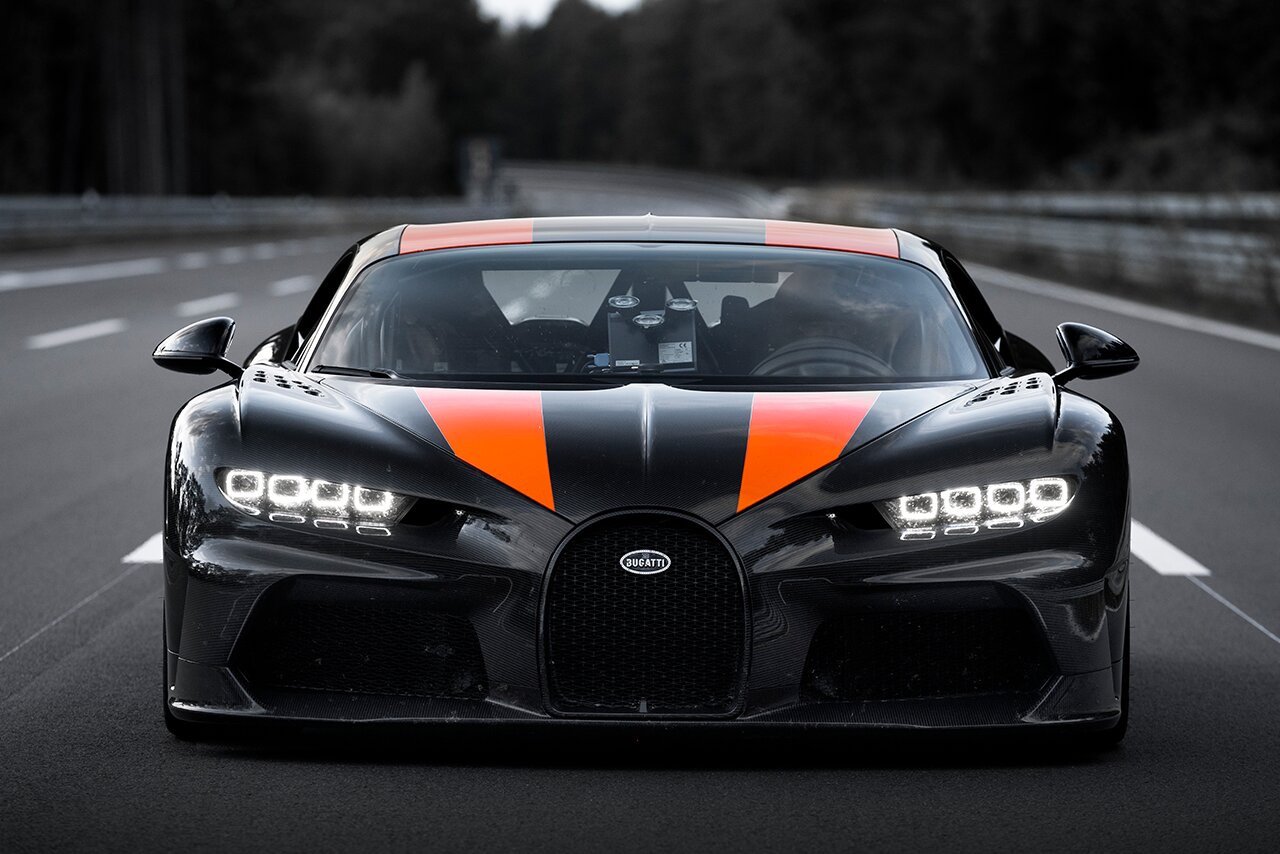

In 2019, the French carmaker roared back with the Chiron Super Sport 300+, setting a 304.773 mph top speed record. Before then, no production car had ever breached the 300 mph barrier, and with that achievement, Bugatti announced it was done with the top speed battles. That has not stopped other carmakers from gunning for that record, though. However, hitting 300 mph in a road car is no easy feat; just ask the makers of the SCC Tuatara (ouch).
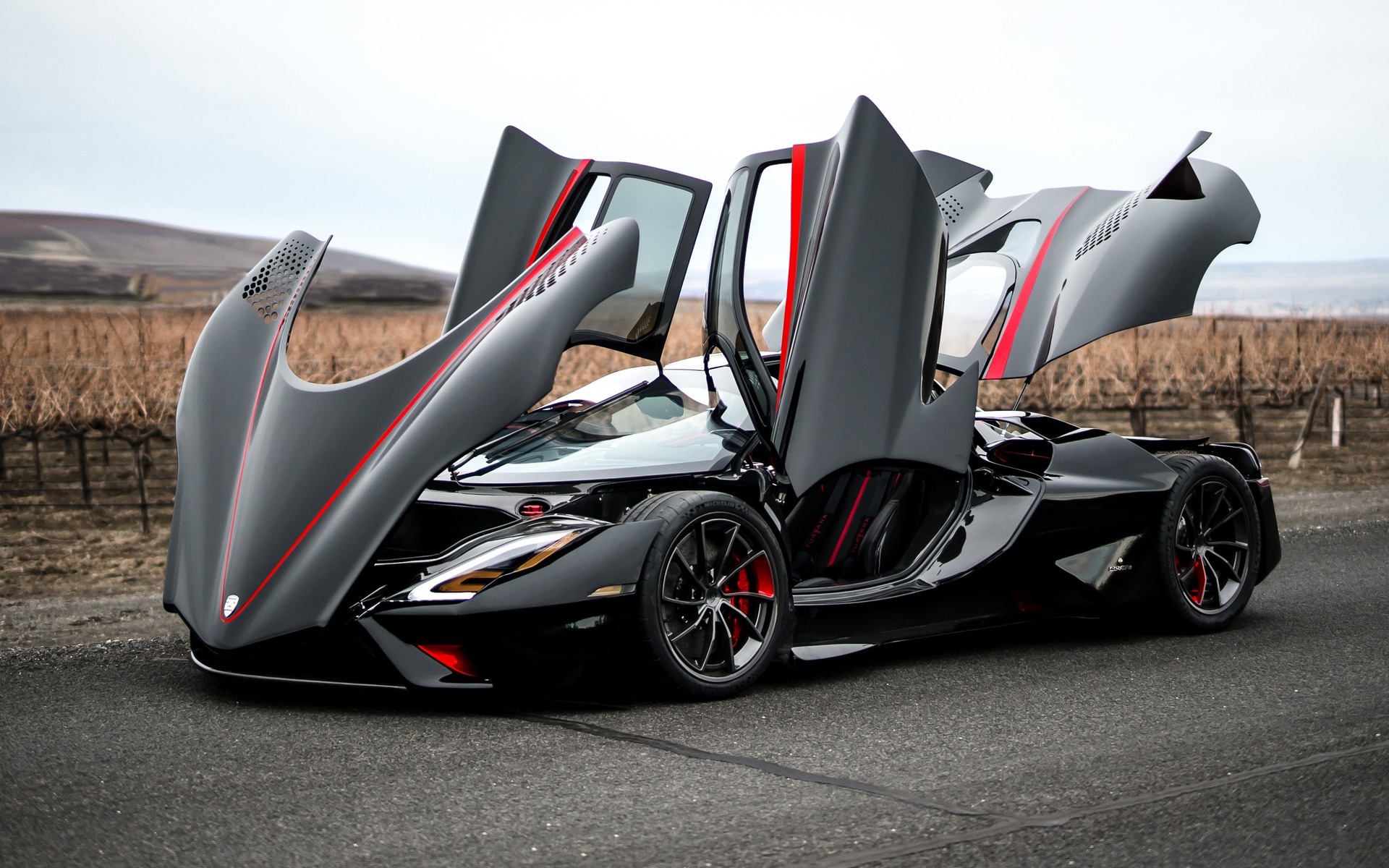

There are a few other challengers apart from the American Tuatara, and one of the frontrunners is the Koenigsegg Jesko Absolut. Christian Von Koenigsegg, the company’s founder, has claimed his hypercar will have the ability to crack 300 mph by a healthy margin.
You might be tempted to wave this off as a delusion of grandeur from a mind wrapped in fantasy. However, there are a few reasons why you should take Mr. Christian a bit more seriously as he aims to reprogram our concept of vehicular velocity.
The Koenigsegg Jesko was one of the highlights at the 2019 Geneva Auto Show. At the same event, the carmaker announced plans for an even stealthier, low-drag version of the hypercar. That car is the Jesko Absolut with a design approach focused on a singular purpose—becoming the undisputed speed king. To do that, though, it will have to best the 2019 Bugatti record. The carmaker is quietly confident of the car’s capabilities, thanks to a few party tricks in its arsenal.
The Jesko Absolut Packs a Fearsome Punch
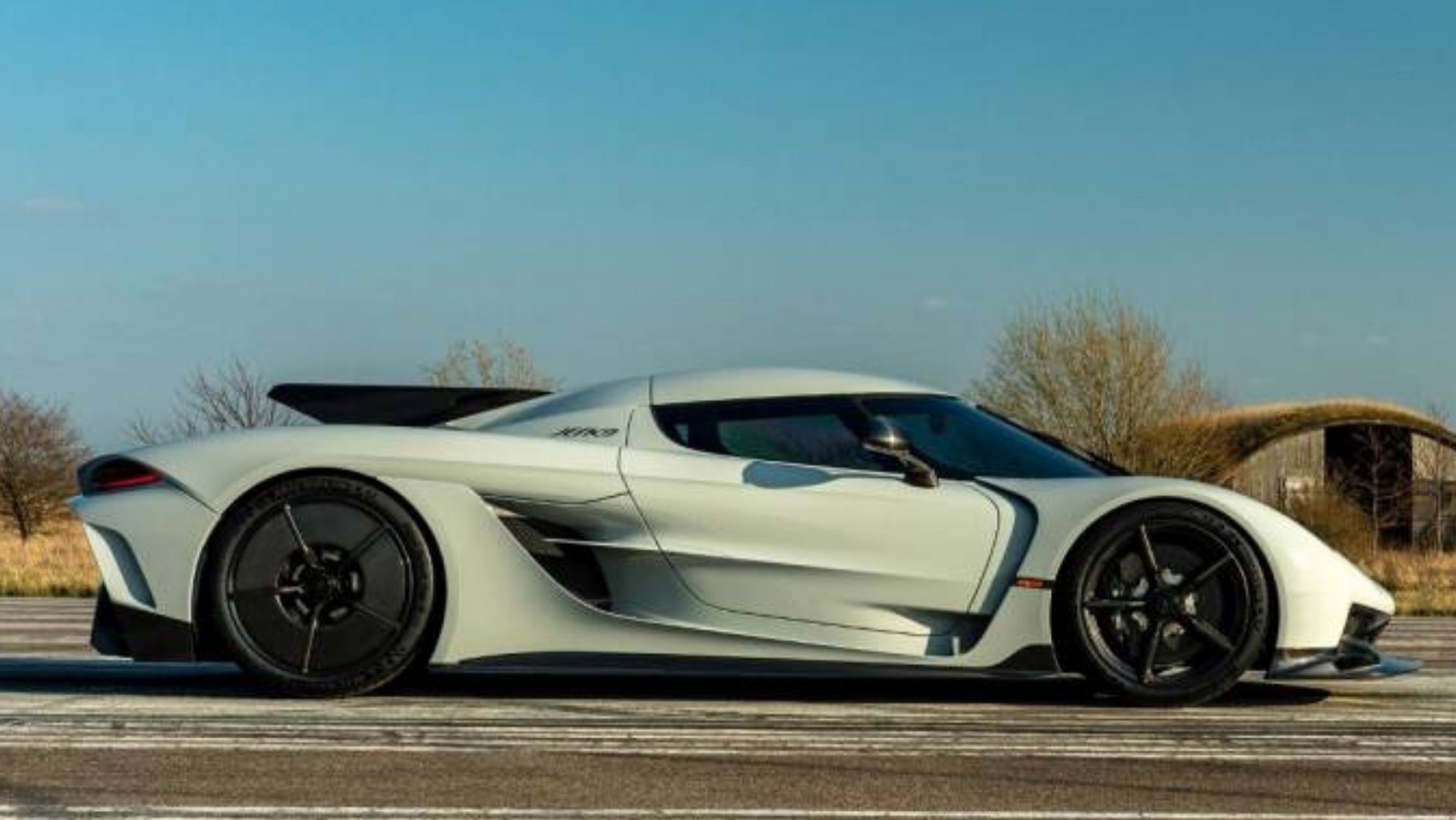

The Jesko Absolut is a 3,100-lb carbon fibre creation built around a formidable powerplant. The twin-turbocharged V8 boasts a crankshaft that Koenigsegg describes as the ‘world’s lightest’ at just 28 lbs (12.5kg). This revolutionary flat-plane 180-degree crankshaft helps generate more power with greater efficiency while achieving a higher 8500 rpm rev limit.
On regular fuel, the V8 unit puts out a thumping 1,280 hp and 1,106 lb-ft of torque. That output jumps to 1,600 hp when the Jesko Absolut is fed E85 fuel. That’s more than twice the power of the 765LT and at least 23 hp more than the record-setting Bugatti Chiron Super Sport 300+.
Harnessing all that power is an innovative nine-speed gearbox described as the Light Speed Transmission (LST). It is designed in-house and features a multi-clutch design, which, according to the company, provides quicker gearshifts than more conventional dual-clutch systems. The Jesko Absolut certainly seems well-equipped in the power department for the task at hand.
Absolute Hypercar; Absolute Aerodynamics
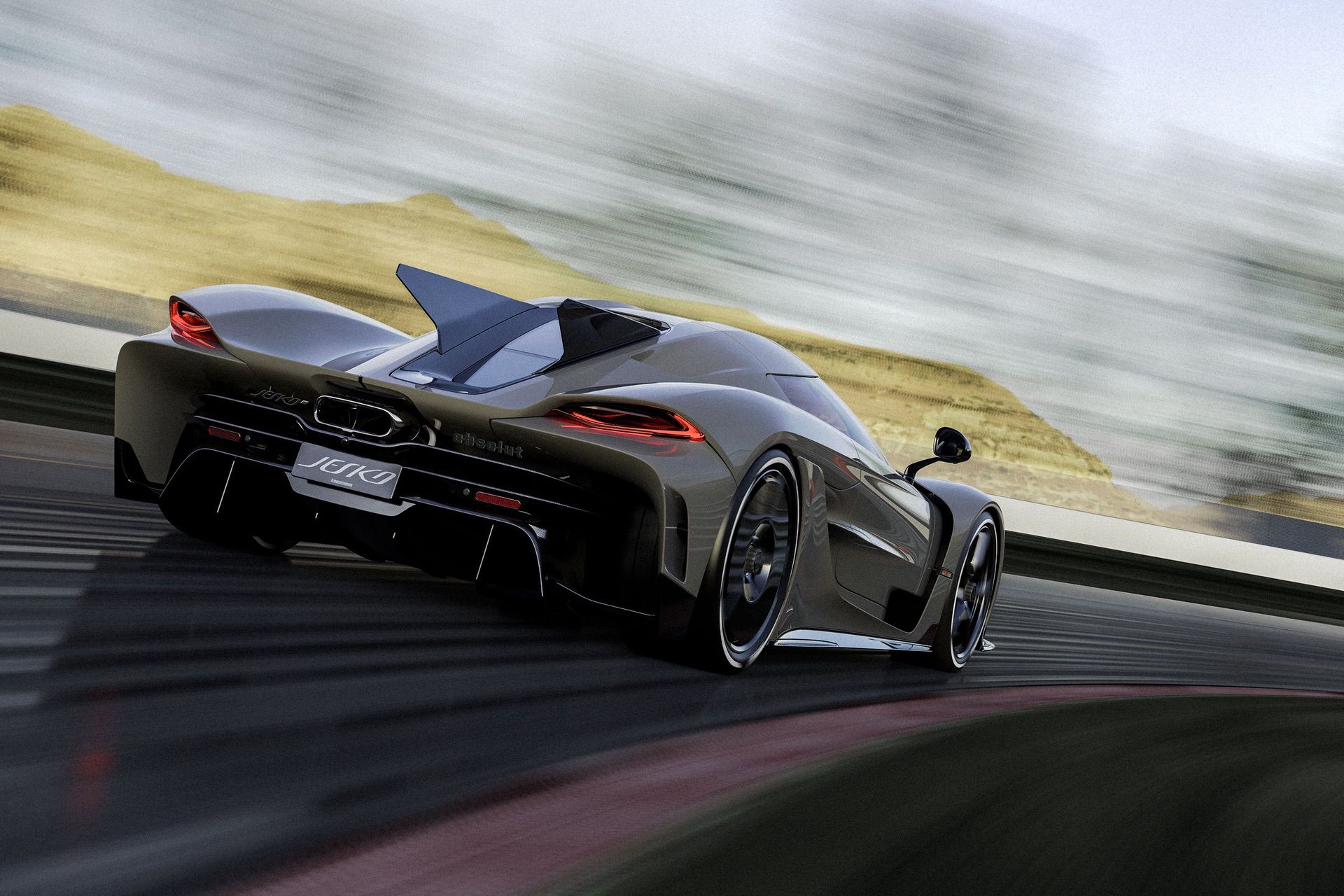

It certainly feels like the Swedish hypercar checks the weight and power requirements for its top-speed attempt. However, that combination needs the proper aerodynamic setup to unlock its full potential. Here again, though, Koenigsegg looks to have that covered with obsessive attention to the Jesko Absolut’s aerodynamic performance.
Over 3,000 hours have been invested in fluid dynamics (CFD) and aerodynamics analysis. The design and engineering team have also spent 5,000 hours designing the Absolut, and that is in excess of the amount of time spent on the standard Jesko model. The focus was on smoothing out surfaces on the car, getting rid of drag-causing elements while adding rear volumes that further streamline the airflow.


For instance, the humongous wing on the standard Jesko is gone, replaced by two F-15 fighter-jet style vertical fins to help improve high-speed lateral stability. Removal of that rear wing helps drop the downforce from 3,086 lbs (1,400kg) to just 330 pounds (150kg)!
Other aerodynamic design highlights of the Jesko Absolut include extended bodywork that juts out about three inches farther in the back. The front splitter is gone, as are the side winglets, and the rear wheels now sport aero covers to help direct airflow.
The result is a car with a drag coefficient of just 0.278 Cd. That alone may not make too much sense to you. However, when you consider that the Bugatti Chiron Super Sport 300+ has a drag coefficient of about 0.33 in Top Speed mode, you start to have an idea of what the Jesko Absolut is all about.
The Tire Technology Exists
The tires form part of the most critical elements of any vehicle, doubly so for a high-performance hypercar. It doesn’t matter how good the car’s design or engine is; it will only be as fast as the tires allow.
At high speeds, the laws of physics exert immense forces on the tire walls and surfaces in contact with the road. Therefore, the tire structure must be tough enough to stay intact during Vmax runs.
Thankfully, a few tire companies possess the required skill and expertise to fashion tires like the ones the Jesko Absolut will depend on for its top-speed run. The Bugatti Chiron Super Sport 300+ used specially-made Michellin tires reinforced with carbon fibre for extra rigidity. Expecting something similar for the Jesko Absolut would not be out of place.
Koenigsegg Can Handle the Pressure
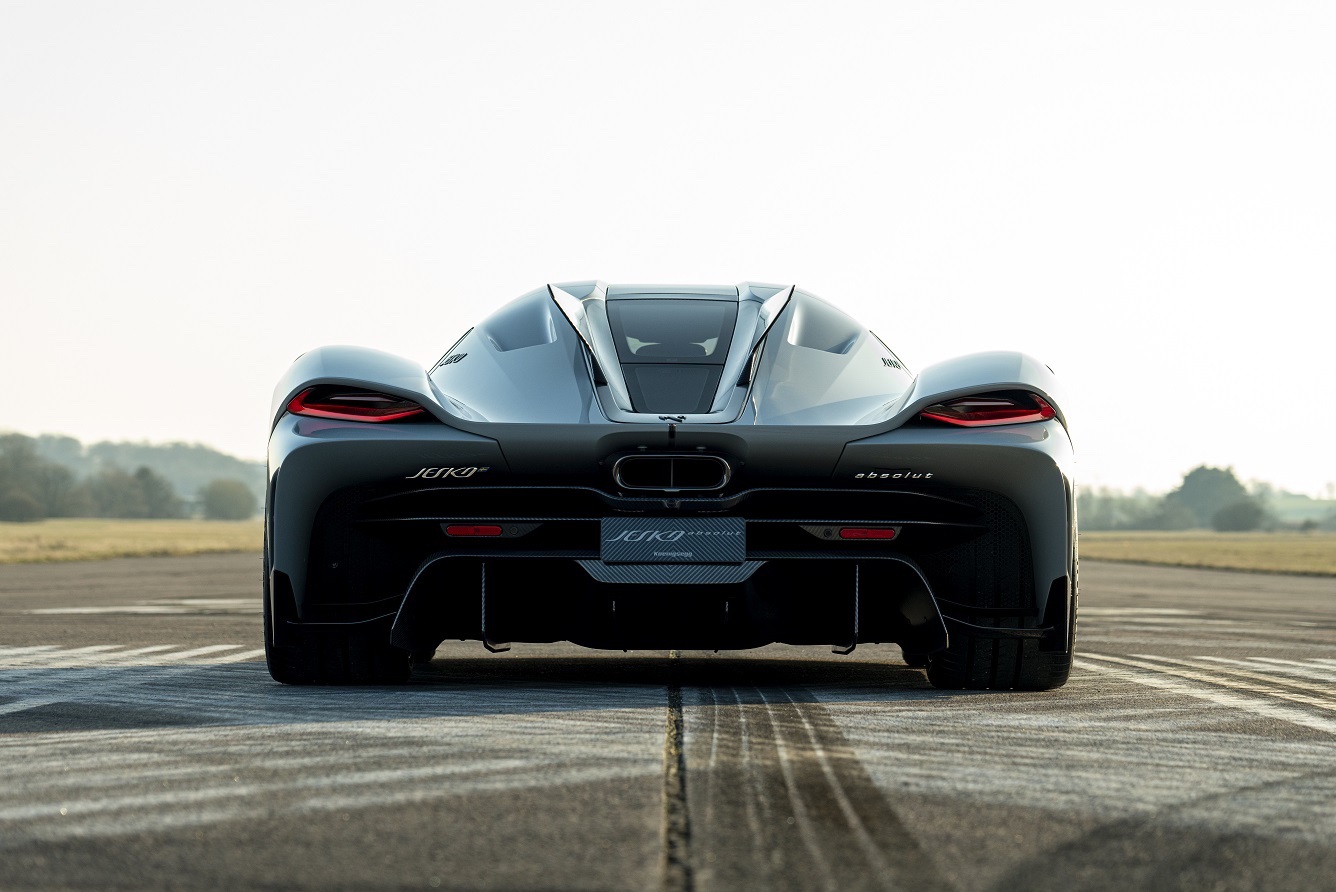

There’s a lot of pressure when preparing to challenge a world speed record. There are so many things that can go wrong. Again, the SSC Tuatara fiasco is a stark reminder of how things could go very badly, very quickly.
However, Christian Von Koenigsegg and his team may have an edge in this area. Yes, they have not been in this exact situation before, but they do know a thing or two about setting world records and causing an upset in the niche world of ultra-high performance vehicles.
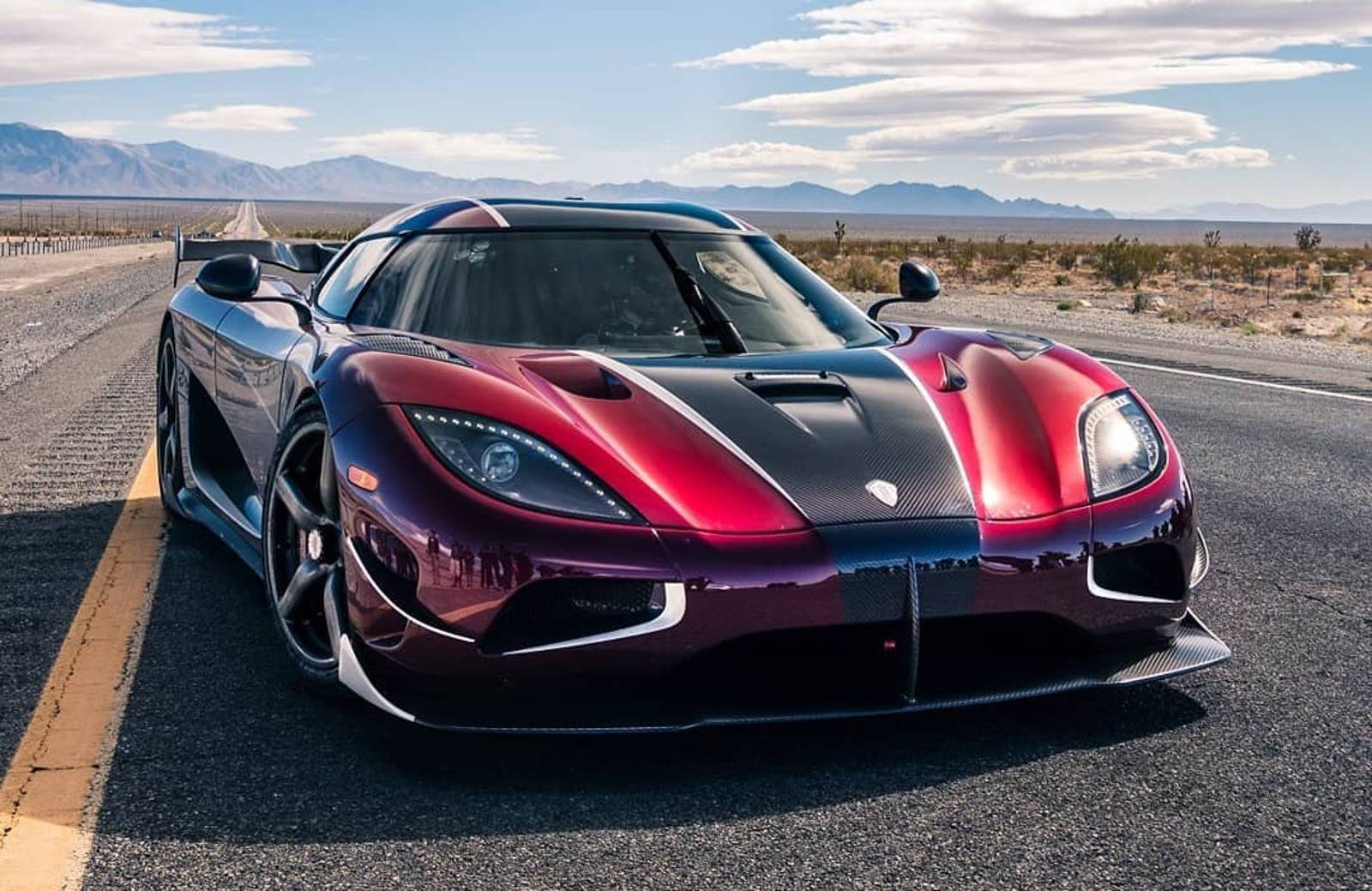

On November 4, 2017, a Koenigsegg Agera RS broke the top speed record for production cars after setting an average speed of 277.9 mph during two runs made in opposite directions. Even more impressive is the fact that this feat was achieved on a public road, an 11-mile section of Nevada State Route 160 between Las Vegas and Pahrump.
That same year, the formidable Bugatti Chiron went from 0 to 248.5 mph (400 kph) and then back to 0 in just 42 seconds. It seemed inconceivable that a production road car could come close, let alone set that kind of benchmark. Then two years later, Koenigsegg responded with the Regera and completely blew the Chiron’s record away by over ten seconds!
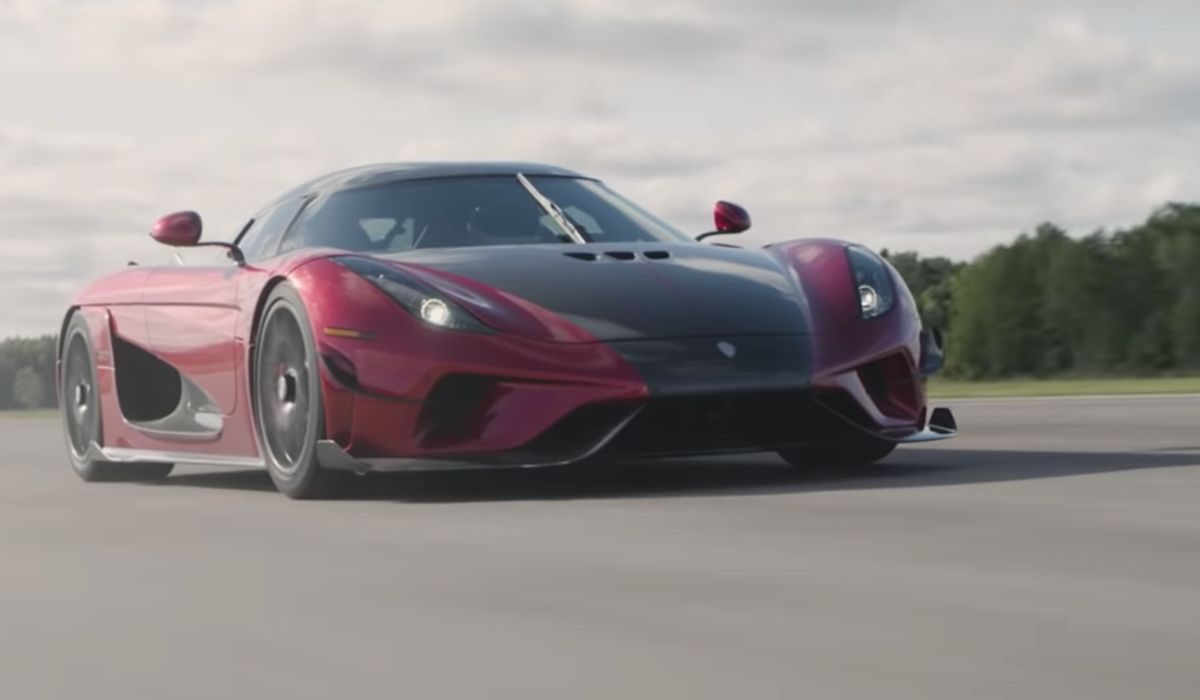

The stage seems set then for the next phase of the ultimate hypercar face-off. Now, Koenigsegg has Bugatti’s 304.773 mph record in its sights. There’s no evidence to suggest that the Swedish team will fall short of the target. I wouldn’t want to bet against them.
